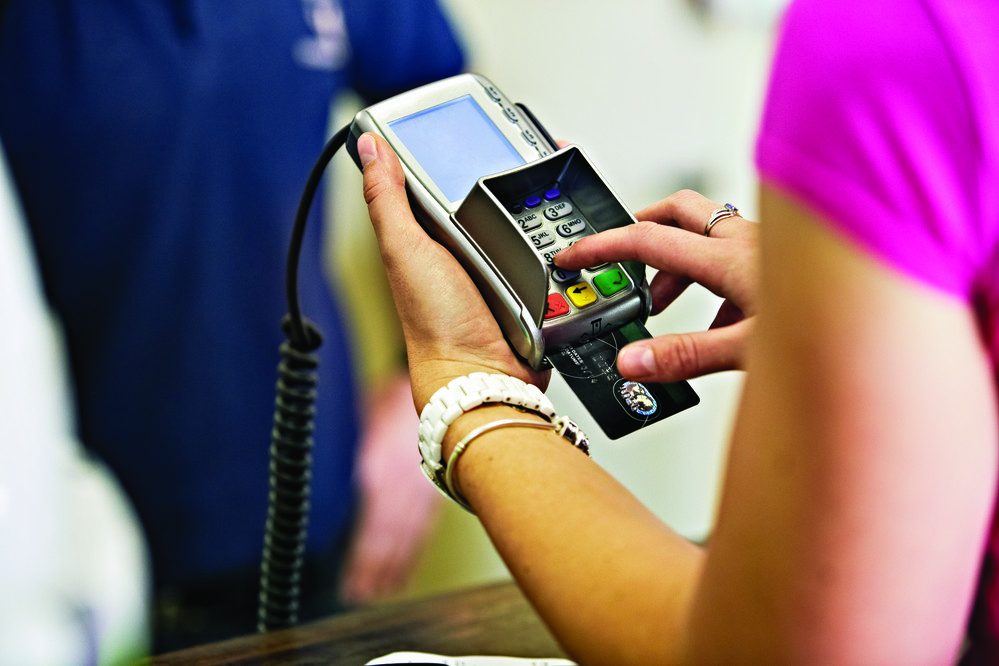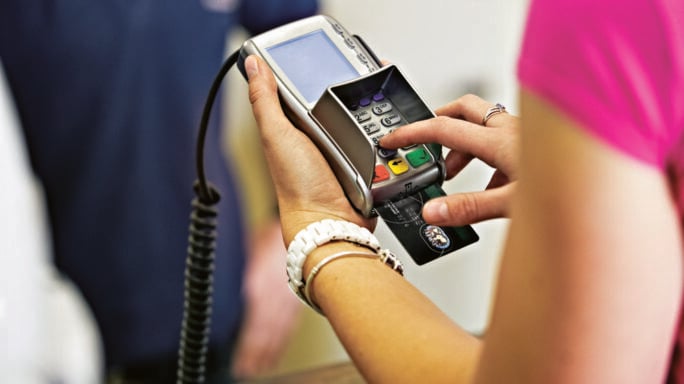For small business owners, raising prices from time to time is unavoidable. Price increases help you stay in business, ensuring you keep earning enough to cover costs, pay your employees and invest in growth.
Generally, the rule of thumb is to raise prices at least once a year, but many entrepreneurs worry they’ll lose customers with even a small rate hike.
The truth about pricing
Pricing your products too low doesn’t inspire confidence in your business. So shift your worry away from pricing too high and focus on what matters: making your customers happy. If you always offer excellent value and service, customers won’t mind your rates.
Think raising prices is the right thing to do but still feeling some pangs of anxiety? Here’s how to roll out a price increase the smart way.
- Increase price and value – Throw in some bonuses to raise the perceived value of any product or service. Some extras cost almost nothing to “add on” but will dramatically increase your customers’ perceptions of worth. Consider offering a free consult or complementary service.
- Bundle products and services – Promoting a special rate when a customer buys two or more products or services is a great way to increase your average sales price while increasing perceived value.
- Offer a sliding scale – Give your customers a choice: a low, medium, and high priced option for every product or service you sell. This will help prospects weigh the benefits of each offer. More often than not customers will opt for the middle or higher priced option.
Plan your price increase now
Most consumers understand supply and demand. If it’s a particularly profitable time for your business, your customers will accept that it’s time for you to raise prices. If it’s a small hike — say less than 20% — they may not even notice.
How your customers react to a price increase often comes down to timing and communication. Announcing a raise in prices near year’s end to take effect January 1st will make sense to customers. You can pave the way for a smooth transition by announcing the increase in November before the busy holiday season. You may just enjoy a rush of orders from customers who want to take advantage of lower pricing while it lasts.
One last tip: Consider making your customers an offer at the time you announce your rate hike. It may take away the sting if price alone is a deciding factor for some of your cost-savvy clients.
Now that you’ll be earning a better income, how will you reinvest in your business?

